Liturgical Year Liturgical Year
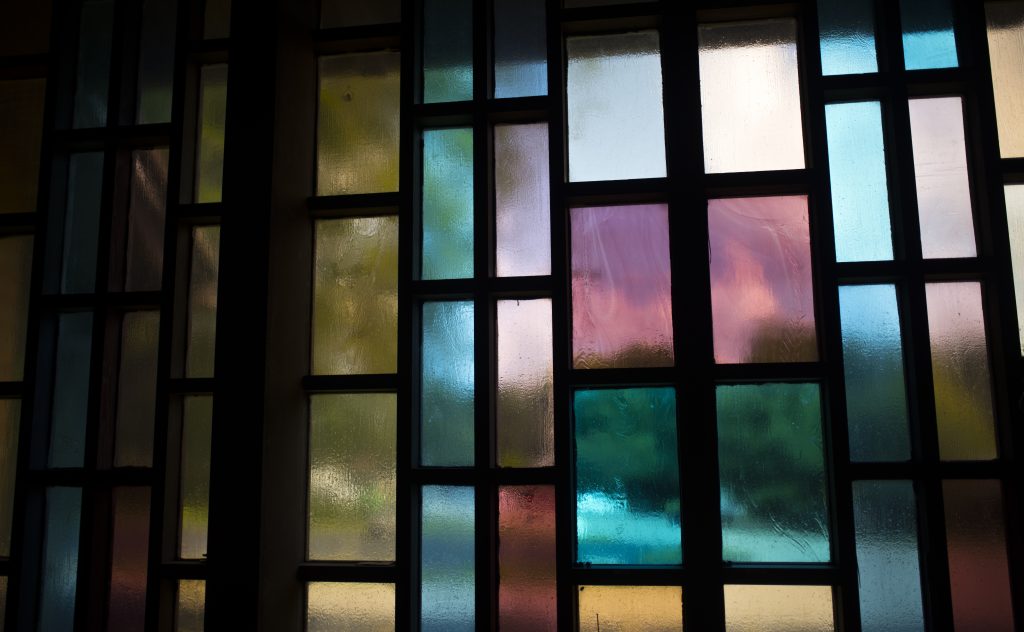
The liturgical year, or Christian year, contains two cycles: the Christmas cycle (Advent–Christmas–Epiphany) and the Easter cycle (Lent–Easter–Pentecost). Within each cycle, there is a preparatory season, a festival season, and an ordinary time of growth.
Enon UMC represents these seasons by using certain colors on paraments and liturgical garments. Paraments are wall hangings near the altar and cloths draped on the pulpit, lectern, and altar. Liturgical garments are the robes and stoles worn by clergy. Enon UMC uses the colors below:
- Black: Symbolizes death and mourning.
- Blue: Symbolizes hope.
- Gold: Symbolizes majesty, joy, and celebration.
- Green: Symbolizes hope, life, peace, anticipation, and the ongoing growth of the church. Green paraments bear a multicolored tapestry design displaying a vine pattern which symbolizes a growing church.
- Purple: Symbolizes sacrifice, penance, preparation, mourning, and the royalty of Jesus Christ. Purple paraments feature the cross and the letters “IHS.” These letters are the first three letters of “Jesus” in Greek and form a monogram of Jesus’ name.
- Red: Symbolizes fire, blood, passion, and the coming of the Holy Spirit. Red paraments feature a descending dove, a symbol of the Holy Spirit. On the day of Pentecost, the Holy Spirit descended from heaven and filled the crowd of believers (Acts 2:1-4). To represent Christ’s royalty and sacrifice, select red paraments are adorned with an intersected cross and crown.
- White: Symbolizes purity, innocence, joy, light, and the glory of Jesus Christ. White paraments feature a seated lamb and the Bible, representing the exalted Christ, who is the Sacrificial Lamb of God (Revelation 5:6, 12). White paraments are adorned with Alpha and Omega. The first and last letters of the Greek alphabet symbolize Christ’s everlasting divinity.
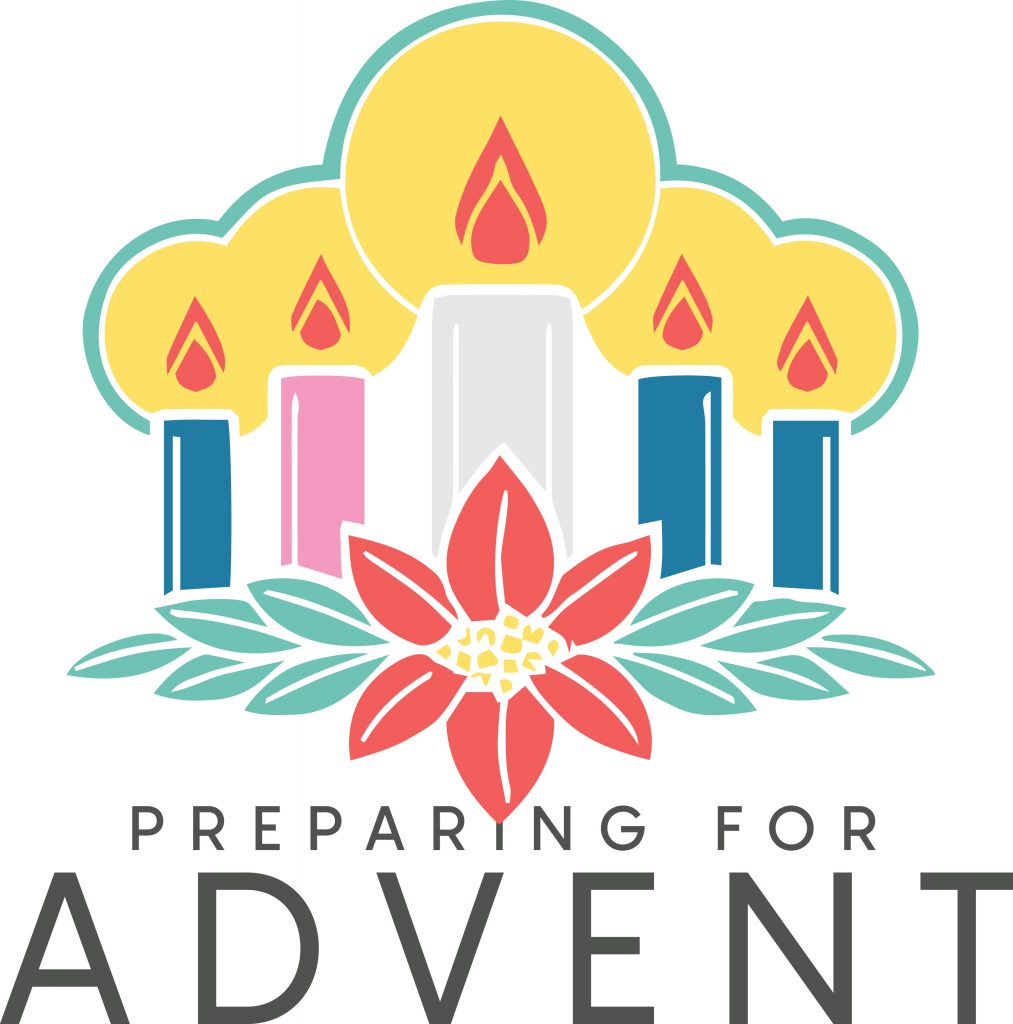
Advent is the time of anticipation where we prepare for Jesus’ birth. The church new year begins with Advent. Advent starts the fourth Sunday before Christmas and ends Christmas Eve. The Sundays are numbered, e.g., “2nd Sunday of Advent.” During Advent, we use the colors blue and purple.

Christmas is the celebration of Jesus’ birth. There are 12 days of Christmas, or Christmastide, (Christmas Day plus 11). During Christmas, we use the colors white and gold.
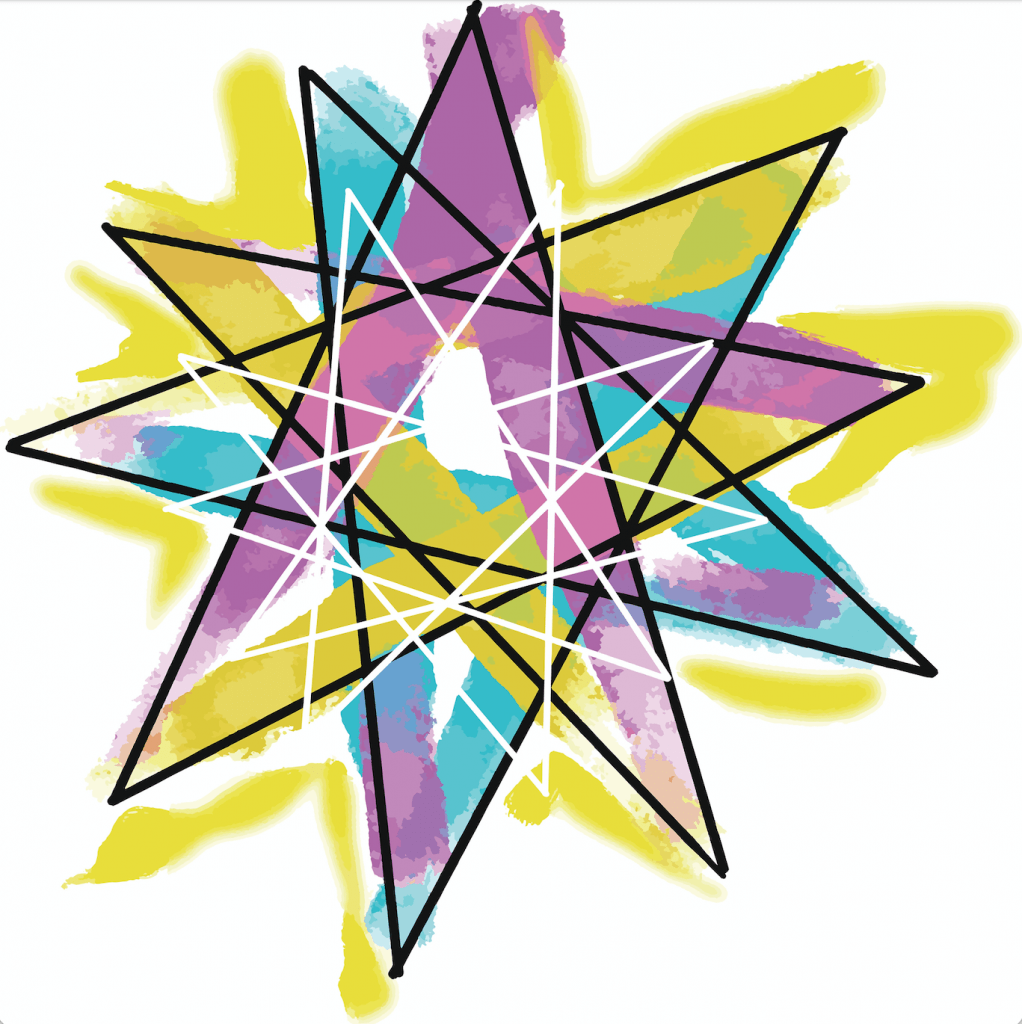
Epiphany celebrates the manifestation of the divine nature of Christ to the Gentiles as represented by the Magi. Epiphany starts 12 days after Christmas and ends the day before Ash Wednesday. The Sundays are numbered, e.g., “2nd Sunday after Epiphany.” During Epiphany, we use the use the color white on the first Sunday to remember Jesus’ baptism and on the last Sunday, Transfiguration Sunday. We use the color green in between.

Lent is the season of repenting, fasting, and preparing for Easter. Lent lasts 46 days, not counting Sundays. Lent begins on Ash Wednesday (the day of sin and death) and ends the Saturday before Easter Sunday. The Sundays are numbered, e.g., “3rd Sunday in Lent.” Purple represents the Lenten season.
Palm Sunday signals the start of Holy Week. Maundy Thursday is the day Jesus celebrated Passover with his disciples and shared the Last Supper. Good Friday is the commemoration of the crucifixion at Calvary. During Holy Week, we use the color purple except on Good Friday, when the color is black.
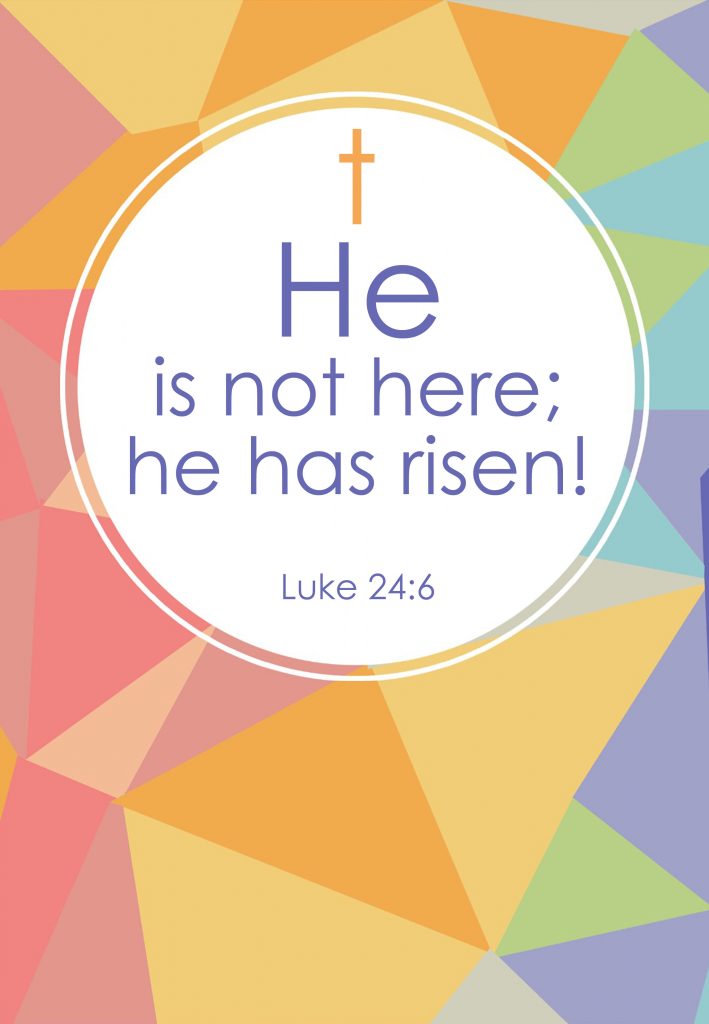
Easter is the most joyous season of the Christian year. We celebrate the good news that in Christ’s death and resurrection, we are continually being made new by God’s love and saving grace. The Easter season begins on Easter Sunday and ends 50 days later on Pentecost. The Sundays are numbered, e.g., “2nd Sunday of Easter.” During Easter, we use the colors white and gold.
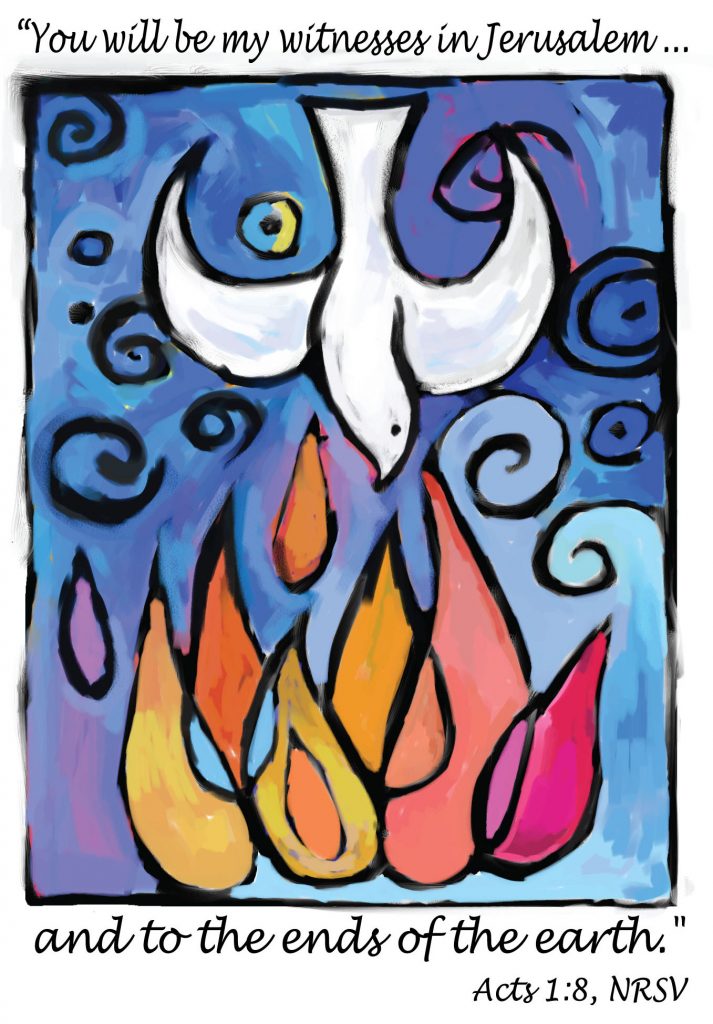
Pentecost marks the birth of the Church when the Holy Ghost descended upon the disciples. Pentecost is the 50th and last day of the Easter season and ends at Advent. The Sundays are numbered, e.g., “10th Sunday after Pentecost.” The first Sunday after Pentecost is Trinity Sunday, which celebrates the doctrine of God the Father, the Son, and the Holy Ghost. During Pentecost, we use the color red on the first Sunday, white on All Saints Day, and green on other days. Learn more about Pentecost!
The last Sunday after Pentecost and of the Christian liturgical year is “Christ the King” Sunday. This is the Sunday before Advent and the start of the new Christian calendar year. This Sunday was stared in 1925 by Pope Pius XI in response to the tragedy of World War I and the growth of secularism in the world. This Sunday reminds us that God reigns over all. On this day, we use the color white.
Back to Administrative
Enon UMC is part of the Western Lakes District of the West Ohio Conference of the UMC
Page current as of 2/3/2024
